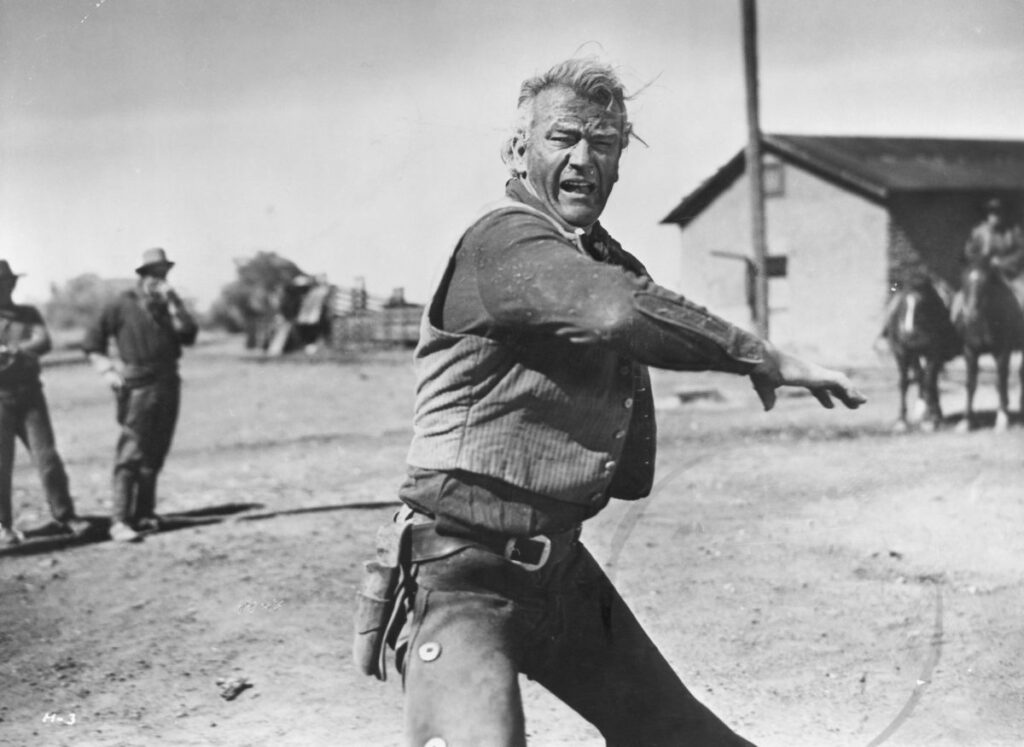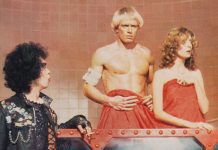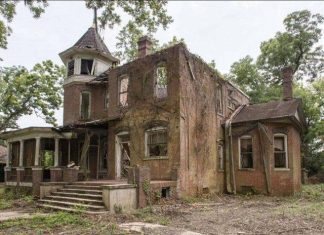John Wayne continues to exist as one of the timeless faces of the Western film genre. However, he also revolutionized the art of the Hollywood fight sequence in more ways than one. Wayne brought a more realistic and “dirty” way to fight on the silver screen. More modern ideas of fight sequences can thank Wayne’s Western movies for that.
John Wayne’s most famous movie came after a career of ups and downs
Wayne’s career started with a whimper in Raoul Walsh’s The Big Trail. It bombed at the box office. As a result, he starred in a series of Western B-movies throughout the 1930s. However, this didn’t help boost his name or profile in any meaningful way.

1939’s Stagecoach ultimately brought Wayne into stardom. He would go on to make movies such as The Man Who Shot Liberty Valance, The Shootist, and The Alamo. However, many audiences consider True Grit to be his most famous movie out there. It certainly originates Wayne’s most common images used in media with his iconic eyepatch.
John Wayne made Hollywood history by making his characters ‘fight dirty’
According to Lithub, the Western genre was changing at the time. Wayne is responsible for some of these huge changes, including the way that fight scenes made it to the silver screen. The Western genre tropes of the time always included an upstanding hero that only fights in a civilized fashion. However, Wayne wanted to change that.
“Before I came along it was standard practice that the hero must always fight clean,” Wayne said. “The heavy was allowed to hit the hero in the head with a chair or throw a kerosene lamp at him or kick him in the stomach, but the hero could only knock the villain down politely and then wait until he rose.”
Wayne concluded: “I changed all that. I threw chairs and lamps. I fought hard and I fought dirty. I fought to win.”
Wayne wanted the hero of the story to have the ability to fight just as hard as the antagonist. It didn’t make sense for Westerns to show the hero fight in a more “polite” way that simultaneously pulled the viewer out of the experience of the hero’s journey.
Poverty Row Westerns made plenty of horse operas

The term “Poverty Row Western” is slang for Hollywood movies from the 1920s to the 1950s made by smaller studios. Wayne starred in around 80 “horse operas” between the years 1930 and 1939. The actor made big strides for both the Western genre and filmmaking as a whole.
Wayne employed a wide array of stunts in movies such as Riders of Destiny. This allowed the actor to make big changes to the way that Western heroes approached conflict on the big screen. Wayne would ultimately earn Oscar nominations for Sands of Iwo Jima and The Alamo. However, he finally took home the golden statue with 1969’s True Grit.
















